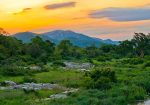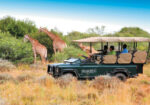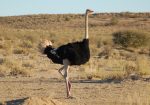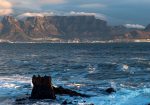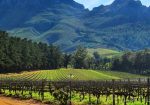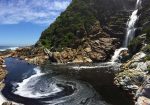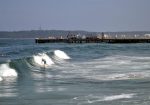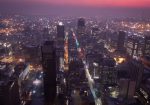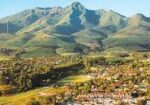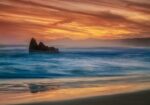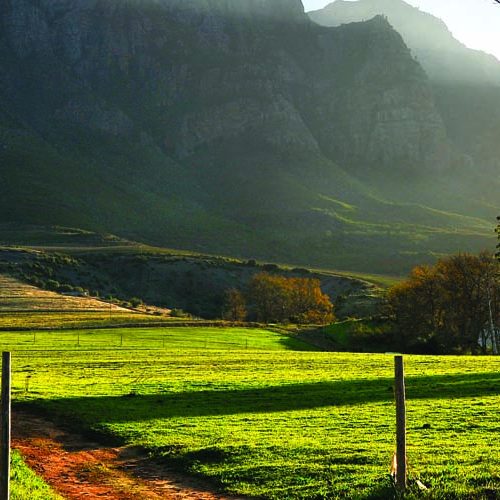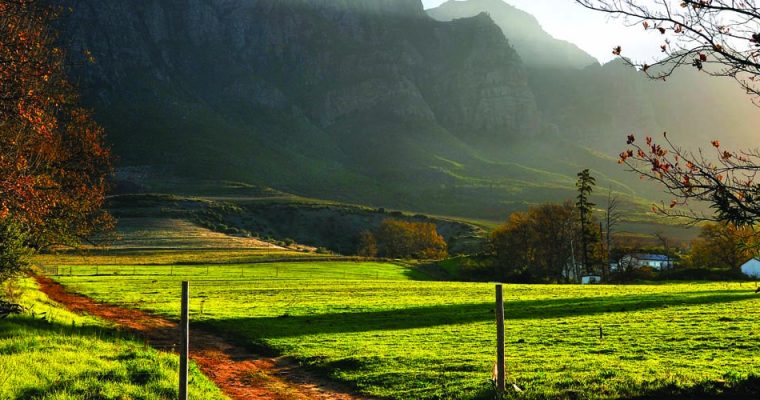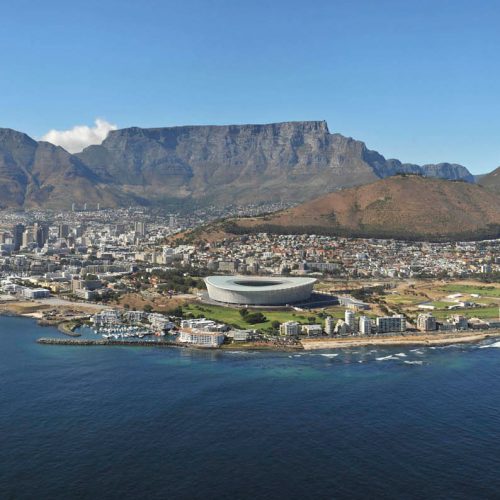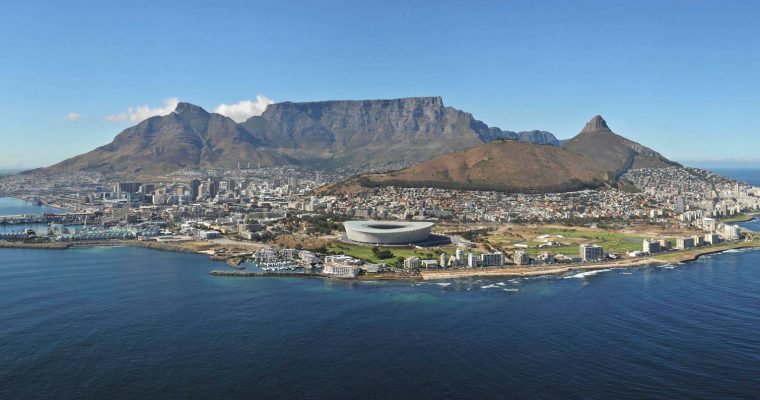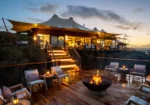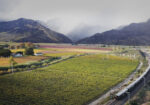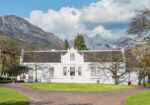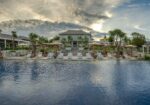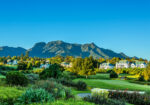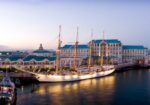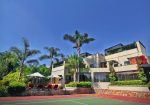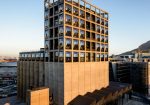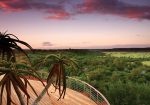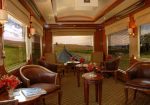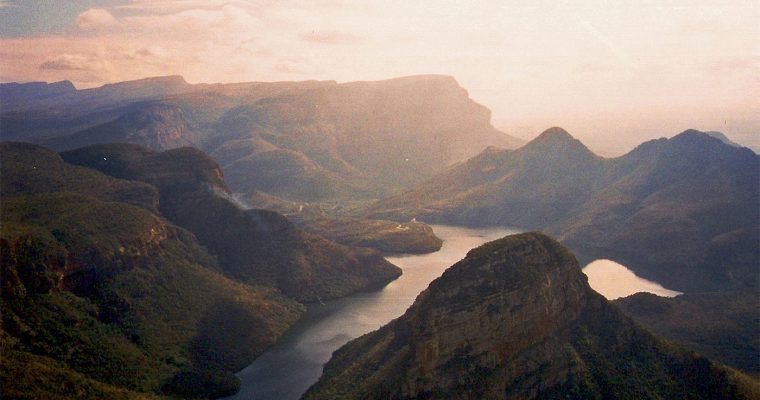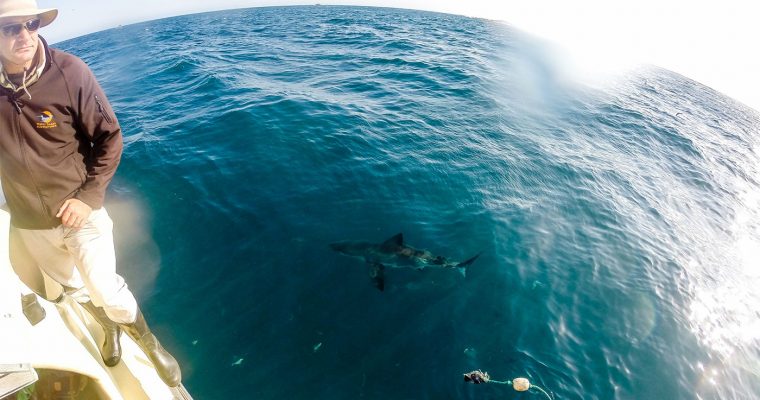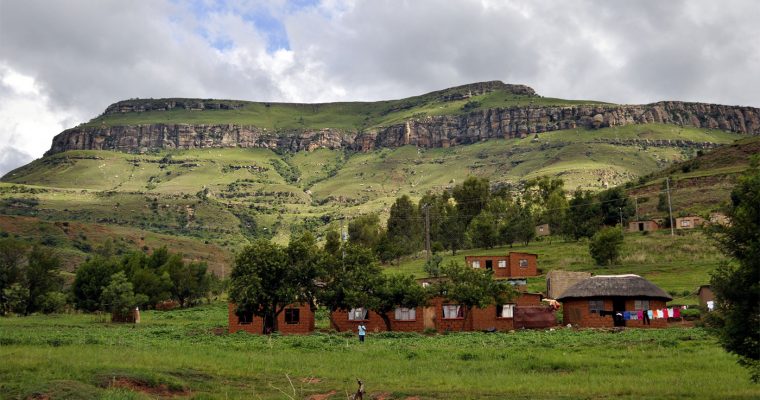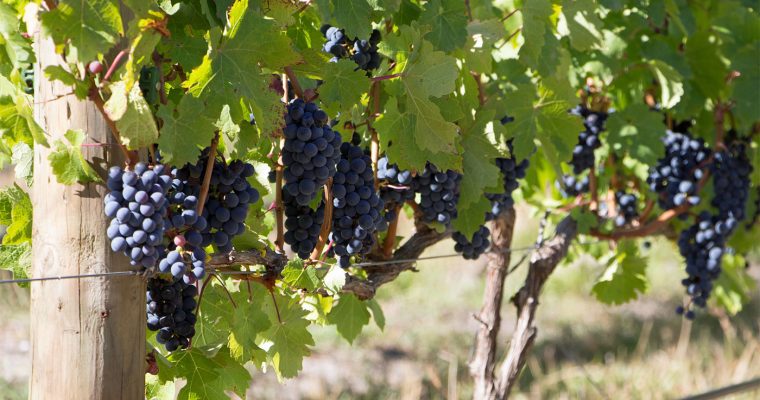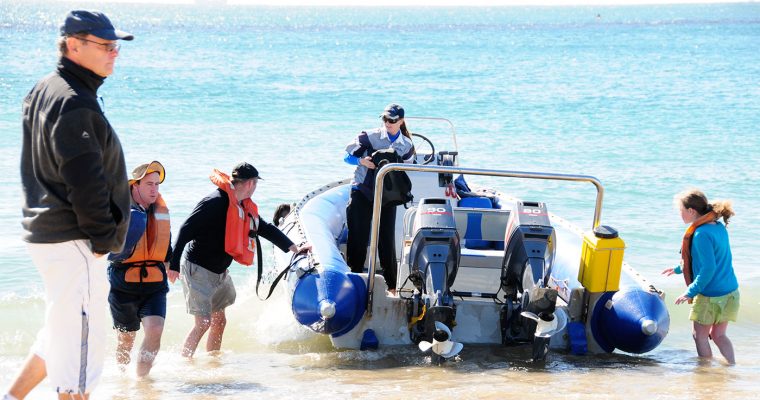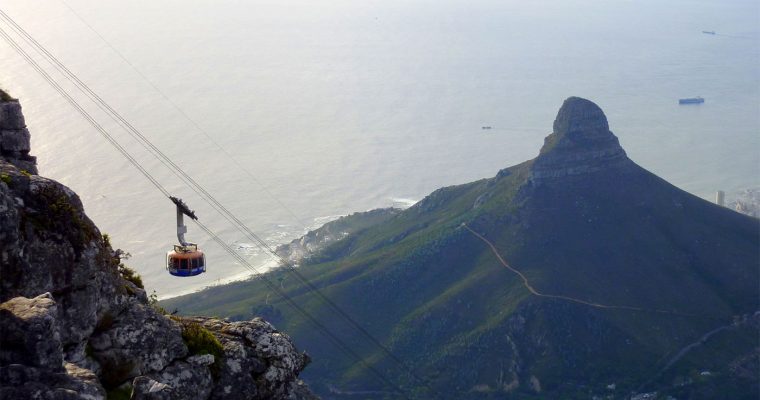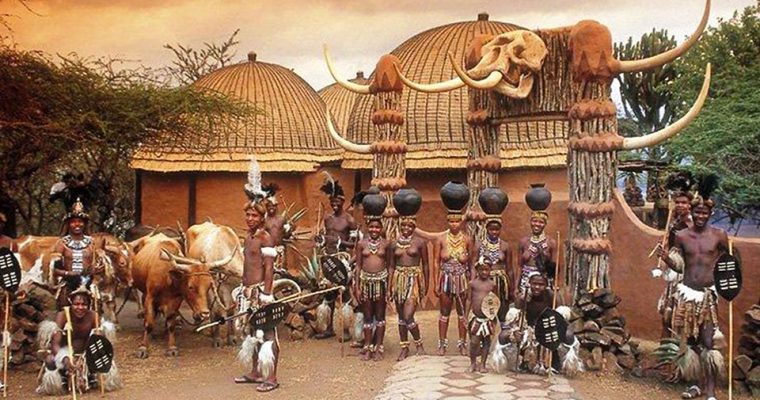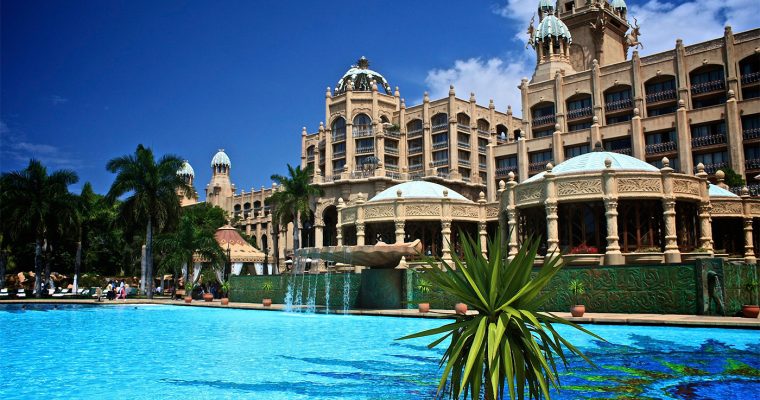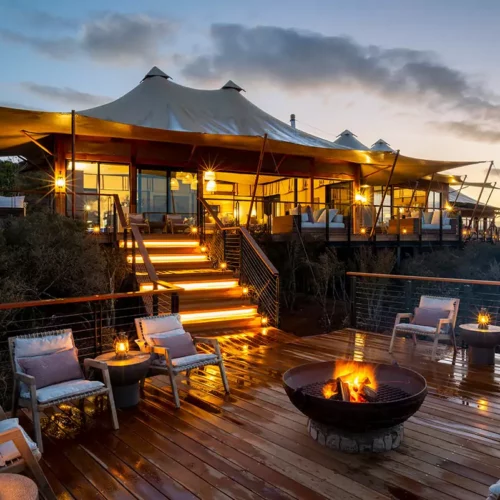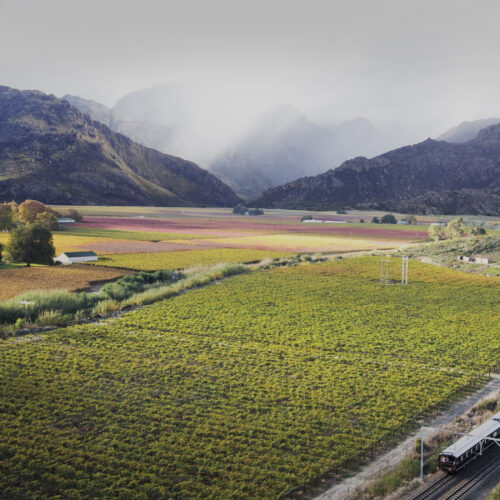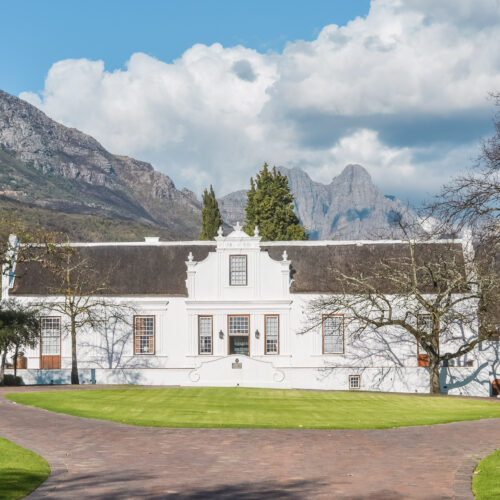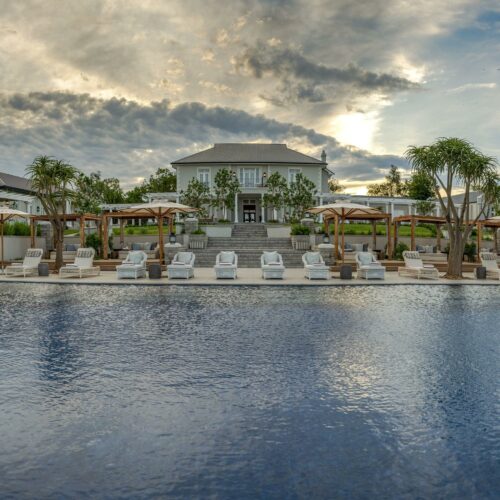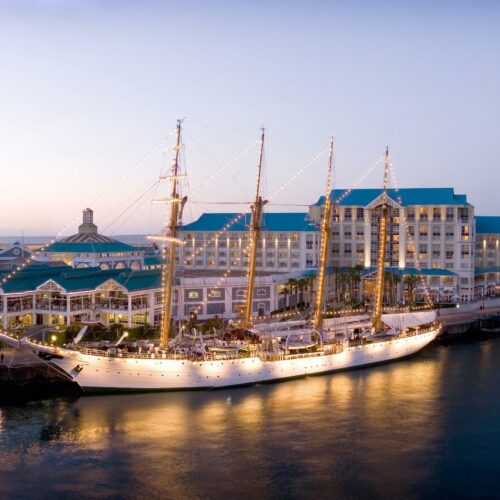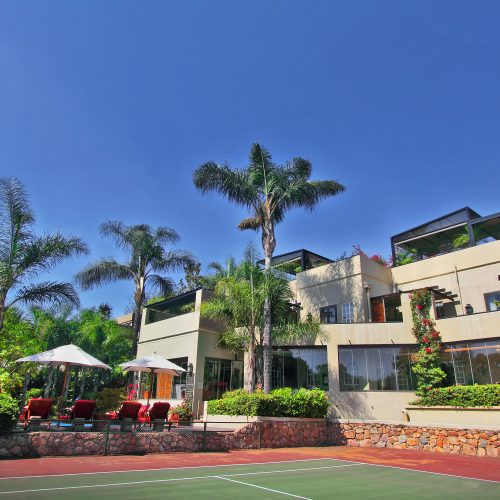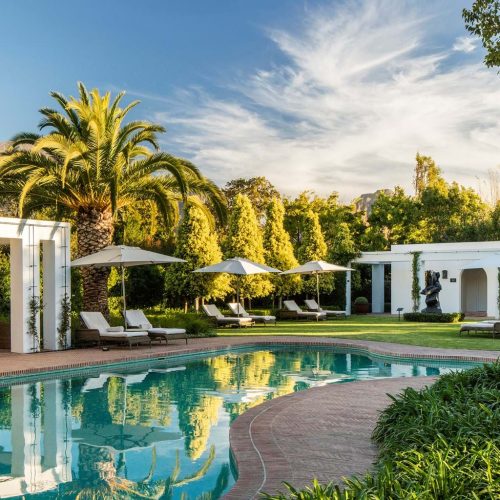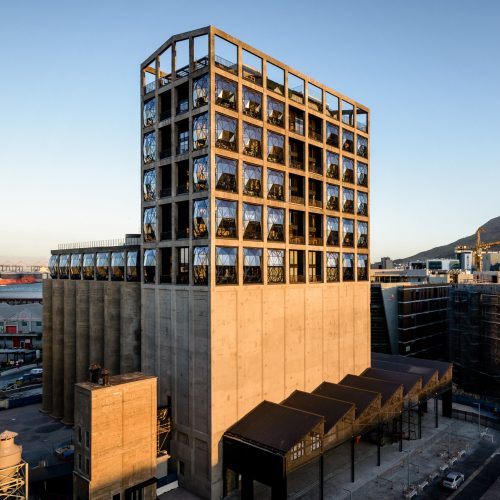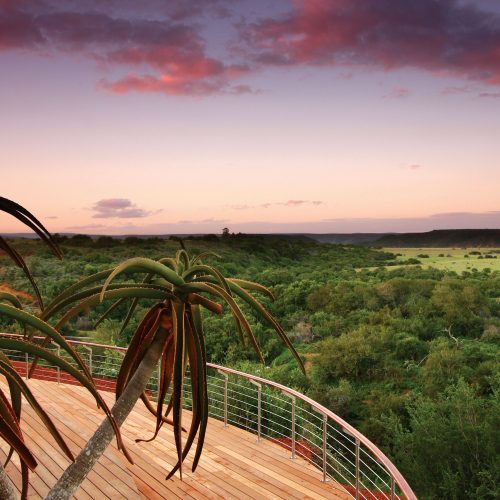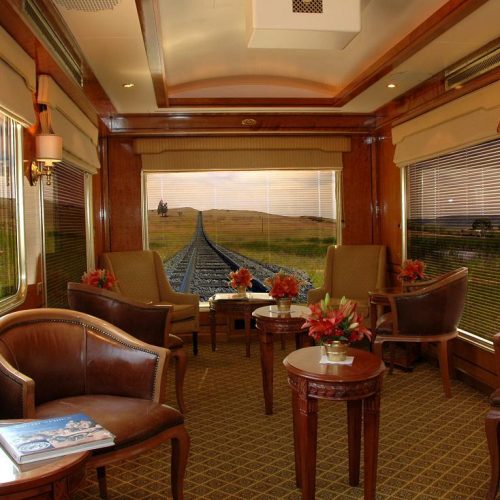Africa
South Africa
THE RAINBOW NATION
Why We Love South Africa
The Republic of South Africa offers a great introduction to the many jewels of the Dark Continent. Tourists here will find classic African scenery: golden savannah, great gaping gorges, and hauntingly beautiful deserts, as well as their favorite African creatures – and, as a bonus- the creature comforts. Apart from the big-name game parks of Kruger and the Kgalagadi (Kalahari) Transfrontier Park, Wildlife lovers come here from all corners of the globe in search of the “Big Five”: lion, buffalo, leopard, rhino, and elephant, and often they find it, and so much more.
Inspired Experiences in South Africa
Contact your Distincte Travel Advisors to personalize your travel experience.
+1 877 327 0058
Top Destinations in South Africa
Articles
Sip Slidin’ Away
Sip Slidin’ Away
Exploring South Africa’s ‘Mother City’
Exploring South Africa’s ‘Mother City’
Overview
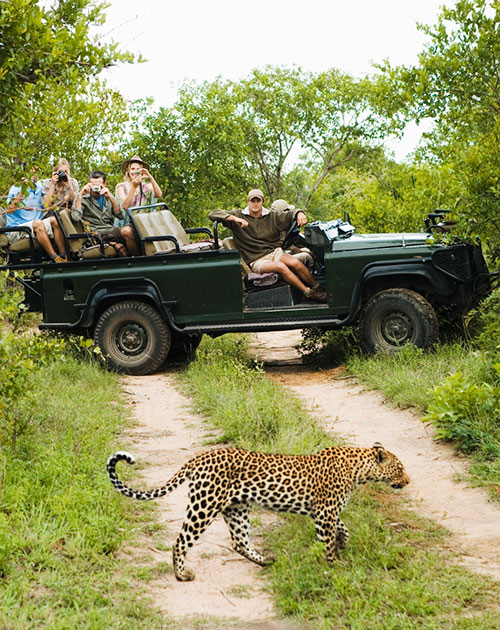 More than 10 million visitors every year have made South Africa the vacation capital of the African continent. And why not? With its gorgeous beaches, rugged mountains and national parks teeming with wildlife, this is the Africa of the imagination.
More than 10 million visitors every year have made South Africa the vacation capital of the African continent. And why not? With its gorgeous beaches, rugged mountains and national parks teeming with wildlife, this is the Africa of the imagination.
The country’s national parks and wildlife preserves teem with an incredible variety of landscapes that are home to every manner of species ranging from lions and elephants to great white sharks and penguins. Those landscapes include rolling plains, towering mountain peaks, arid deserts, coastal shrubland and beautiful beaches.
The cities of South Africa are also eminently explorable. Underneath the iconic Table Mountain, Cape Town spreads out in a peaceful valley and offers gorgeous beaches, a diverse and vibrant collection of neighborhoods, wonderful vineyards and a cultural scene to rival any European capital. Johannesburg is equally cosmopolitan and in seaside Durban, the hot sun is matched by the equally piquant curries of that city’s large South Asian community.
Safari goers find ample destinations in South Africa. Leading the way is the massive Kruger National Park, where one can find the Big Five: lions, leopards, elephants, buffaloes and rhinos along with hundreds of other species in the wild.
And the people of South Africa, a nation still moving towards national unity, are quite a diverse lot. The country has 11 official languages and more than a dozen different tribal peoples living peacefully among communities from Africa, Europe and the Indian subcontinent.
It’s little wonder that South Africa today is known as the Rainbow Nation.
Quick Facts
The official languages are Afrikaans, English, isiNdebele, isiXhosa, isiZulu, Sepedi, Sesotho, Setswana, Siswati, Tshivenda and Xitsonga. English is the language of the cities, of commerce and banking, of government, of media, of road signs and official documents. Road signs and official forms are in English. Afrikaans, the second-most used language, is a derivative of Dutch.
The official currency of South Africa is the rand (R). One U.S. dollar is approximately equal to R15. Please check the current exchange rate before traveling, as it changes daily.
Electricity in South Africa is 230V, 50hz. Plugs consist of two or three round prongs.
Internet connections and WiFi spots are found throughout the country. Most major hotels provide good accessibility.
Travellers from most Commonwealth countries (including Australia, New Zealand, Canada and the UK), most Western European countries, Japan and the USA are issued with a free, 90-day visitor's permit on arrival.
High-quality tap (faucet) water is available in South Africa's urban areas, but not all water in rural areas is safe to drink straight from the tap.
South Africa is on South Africa Standard Time (GMT +2). The country does not observe daylight savings time. When it is noon in New York, it is 6 p.m. in Pretoria.
Although visitors arrive year-round, South Africa’s peak tourist season is in its summer months: December through March.




